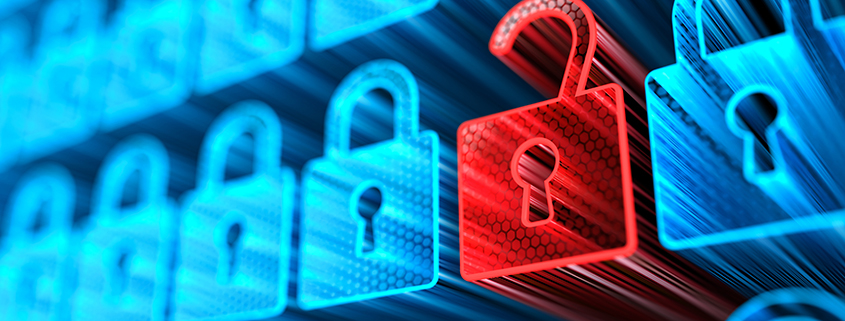Rising Costs, Cyber Threats and Climate Concerns: How Your Construction Company Can Respond and Rebound From the Pandemic
Assurex Global knows our Partner firms are the best at what they do, and we strive to highlight their insurance and risk management expertise whenever we can. The article below was written by Dale Kaprosy, Senior Vice President at our Cleveland, Ohio-based Partner firm, Oswald Companies.
The COVID-19 pandemic will likely be one of the costliest catastrophes the construction industry has ever faced.
As a leading national practice in construction, Oswald has experienced the following firsthand: increases in material costs, workforce management, and electronic bonding. Here are some lessons learned.
Three Steps to Fight Inflation in the Construction Industry
Trillions of dollars of stimulus monies coupled with post-COVID-19 recovery efforts are already resulting in rising inflation. Prices were up 4.2 percent in the 12 months ending in April 2021. That’s the biggest leap since 4.9 percent during the recession of 2008. Prices for nearly all construction materials have skyrocketed in the past year, with lumber and plywood up 86 percent, steel mill products up 67 percent, and gypsum up 12 percent.*
As a way to take a proactive approach to price increases, Oswald recommends:
- Planning: Create clauses that will address the rising cost of contractual materials.
- Budgeting: Allocate contingency funds to anticipate price hikes.
- Transferring risk: Partner with a brokerage firm like Oswald to pass your risk along to an insurer.
Due to the impact of COVID-19, many construction firms have restarted discussions on enterprise risk management (ERM), looking closely at the existential risks that may be difficult for insurance companies to address. It’s a good idea to establish the context and scope of the risks, then identify, assess, evaluate and control the risks. Then a firm can communicate and consult with experts about ERM.
Your Security in the Age of Technology
The threat of a ransomware attack is real. Ransomware is a constantly changing form of computer malware that can encrypt your company’s digital files, rendering them and your computer systems useless until a ransom is paid. Last year, 45 percent of companies paid a ransom, 12 percent suffered expenses due to business interruption, and 31 percent experienced forensics and legal expenses.*
How can your company avoid an attack? We recommend:
- Staying aware of cyber and technology developments.
- Applying multifactor authentication policies, protocols, and procedures and installing access and privilege restrictions.
- Increasing the strength of incident response, applying security and network patches when identifying and implementing, and establishing controls for remote desktop protocol.
- Providing your team with education and training on good cyber hygiene.
Another change during the pandemic has been an increase in electronic procurement, including subcontracts, with a higher demand for electronic bonds and powers of attorney. In some states, digital bonds have been accepted by their departments of transportation and general services administration offices. At the federal level, the Department of Defense, U.S. Customs, and the Nationwide Multistate Licensing System have also accepted digital bonds.
If you receive an electronic or digital bond, be aware of the transition methods, security procedures, and verification techniques. The methodology should incorporate a process for power of attorney authentication, execution, and recordation. The process should also be compatible with available remote or alternative electronic means for notarization of fraud prevention.
Your Workforce in the Age of Technology
Now more than ever, it’s critical to find experienced and knowledgeable people, who understand workers’ training, skills, and certifications. Beyond that, your company needs to address inefficient workforce utilization, inconsistent communication, and difficulty moving people across projects.
Better meet these challenges by using technology to manage your workforce and understand how subcontractors manage their workers. Technology can also be implemented for prequalification and help create a more diverse organizational culture.
Environmental Concerns
We’re experiencing unprecedented financial risk from climate change. In 2020, natural disasters caused losses of $210 billion. Climate change is an investment risk, but it also presents an investment opportunity. Focusing on environmental, social issues and government risk assessment is not just the politically correct thing to do, it’s smart business.
Water Management
We understand that water damage is among the top causes of loss for builder’s risk claims — but there’s hope. The most up-to-date water management and monitoring systems use artificial intelligence to identify the sources of leaks and water waste in real-time. These systems can send alerts, allowing you to remotely control water flow and even automatically shut off water at the source.
Oswald recommends budgeting for this kind of intelligence, and its updates, on an annual basis.
Ask the Expert
As we work together, emerging from the pandemic, your company will face and address new challenges. It’s okay (and smart) to ask for advice.
Oswald’s risk management professionals service and support the needs of clients worldwide. We look forward to guiding you through the changes in risk management in the construction industry and helping your company better plan for a safe and successful future.
* According to Oswald Companies.




Leave a Reply
Want to join the discussion?Feel free to contribute!